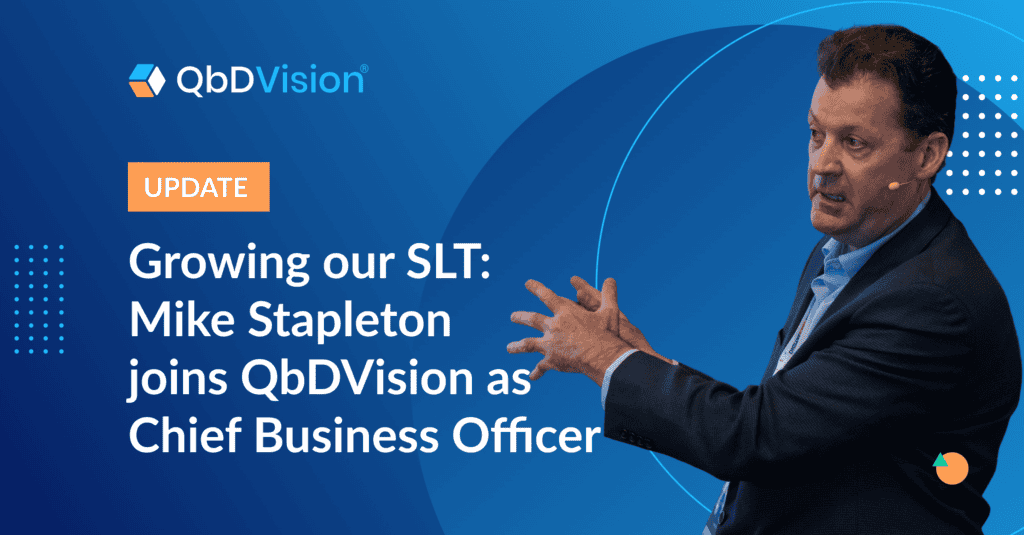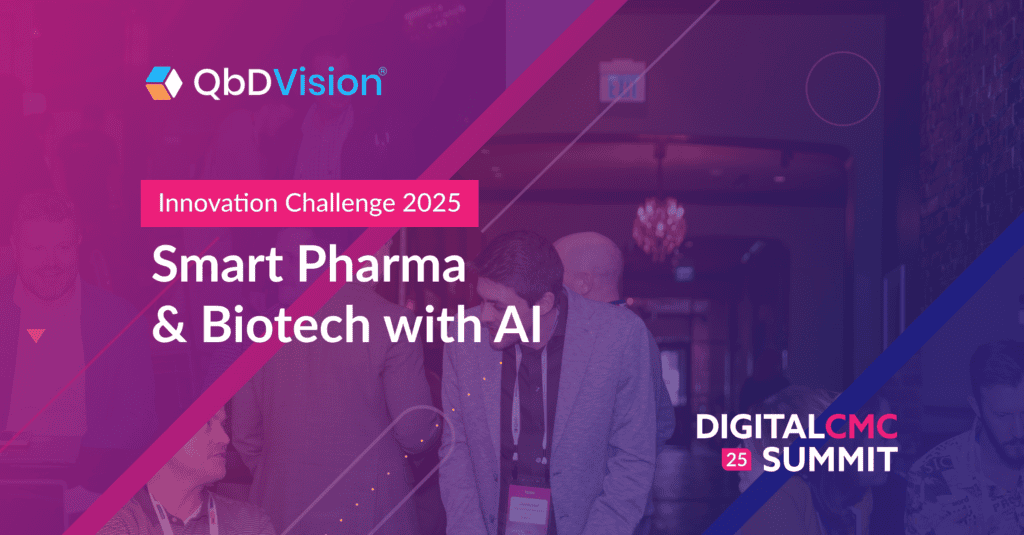A recent blog post on Forbes.com by Bruce Booth discussed the ideas presented by Gary Pisano in his recent article, “The Hard Truth About Innovative Cultures”, as they relate to biotech and pharma startups. One of the points discussed in this article dives into the idea of being willing to experiment but being highly disciplined while doing so. In the context of product lifecycle management in the pharmaceutical and biotech industries, the discipline of scientific rigor is critical. However, there is an additional layer of regulatory discipline that must also be employed to ensure compliance.
The guidelines detailed in ICH Q8, Q9, Q10, and other sections provide a recipe for how scientific development should be conducted while keeping “regulatory rigor” in my mind. These include ideas such as:
- Identifying and understanding the traceability of requirements from Patient to Product to Process;
- Progressive assessment of risks from Criticality to Process Capability to Risk Priority Number (RPN) and tracking how these risks is mitigated;
- Defining how requirements will be tested to ensure that the acceptance criteria can be tracked with the requisite precision, accuracy, range, etc.
The earlier organizations start with these principles, the better prepared they will be for more intensive process development activities and downstream tech transfer. When development activities are driven by well-defined requirements (performance and testing), organizations are ultimately more efficient during the product lifecycle and patients benefit in terms of better product quality and accessibility to the medications they need.



























































